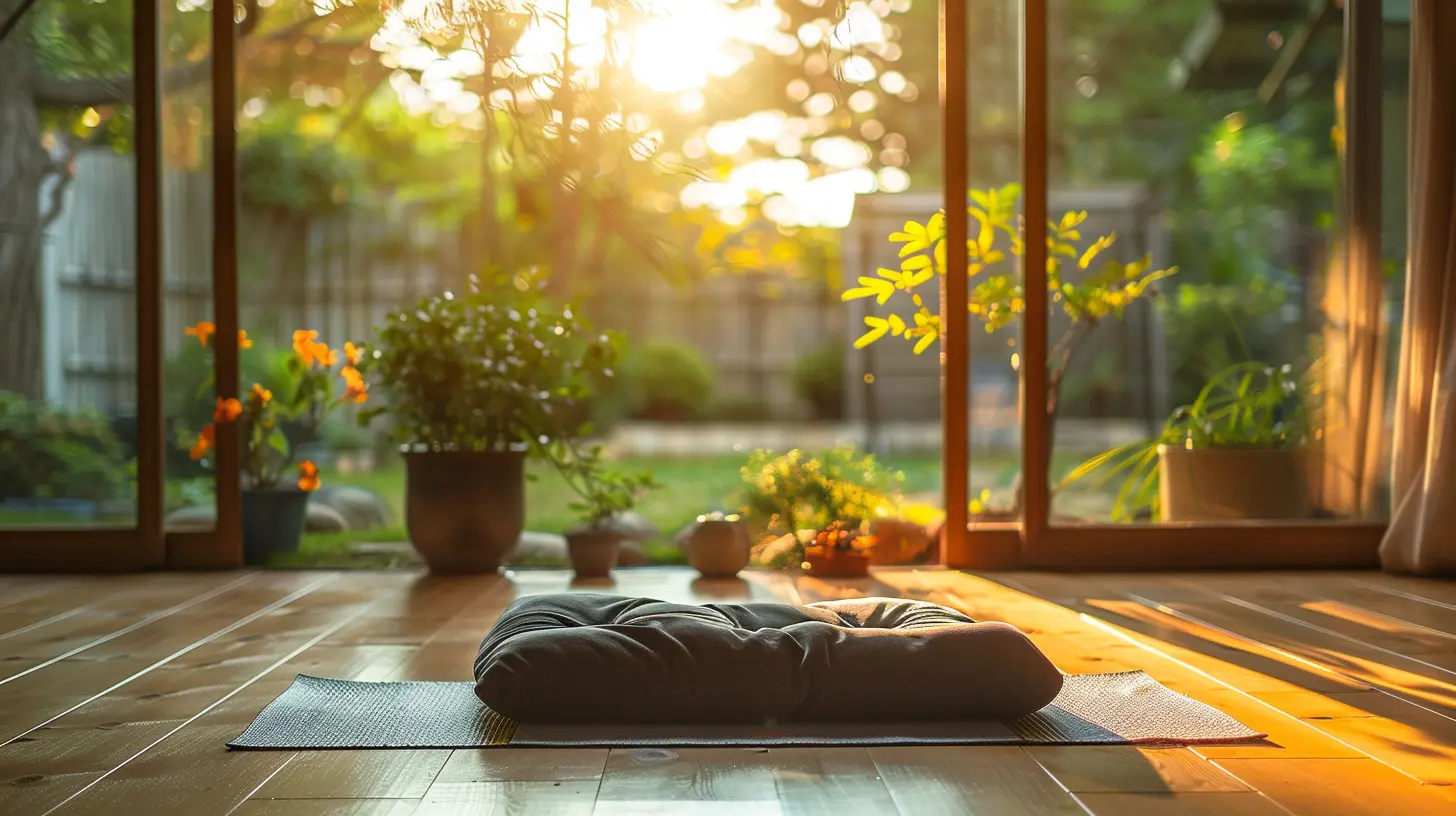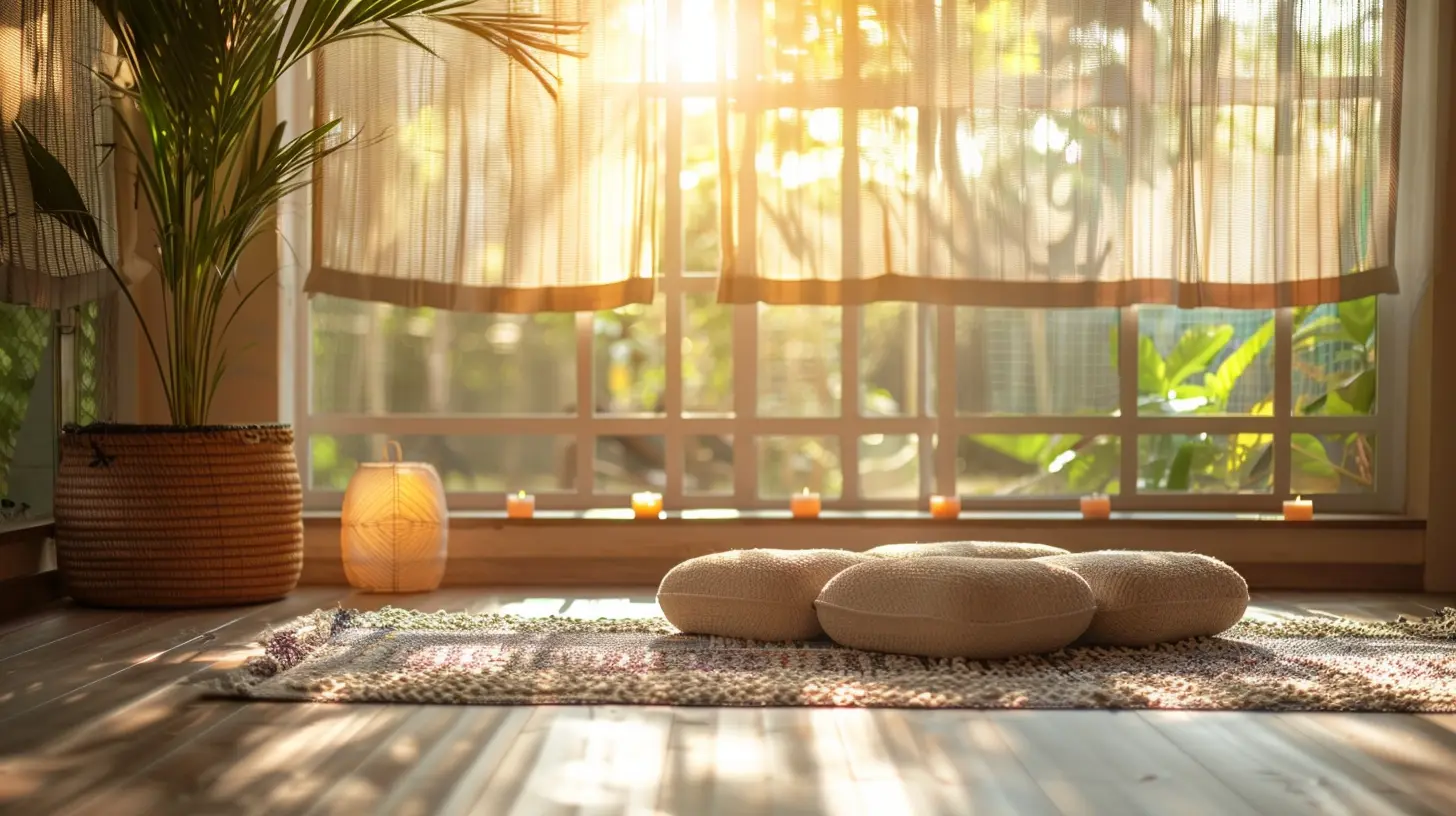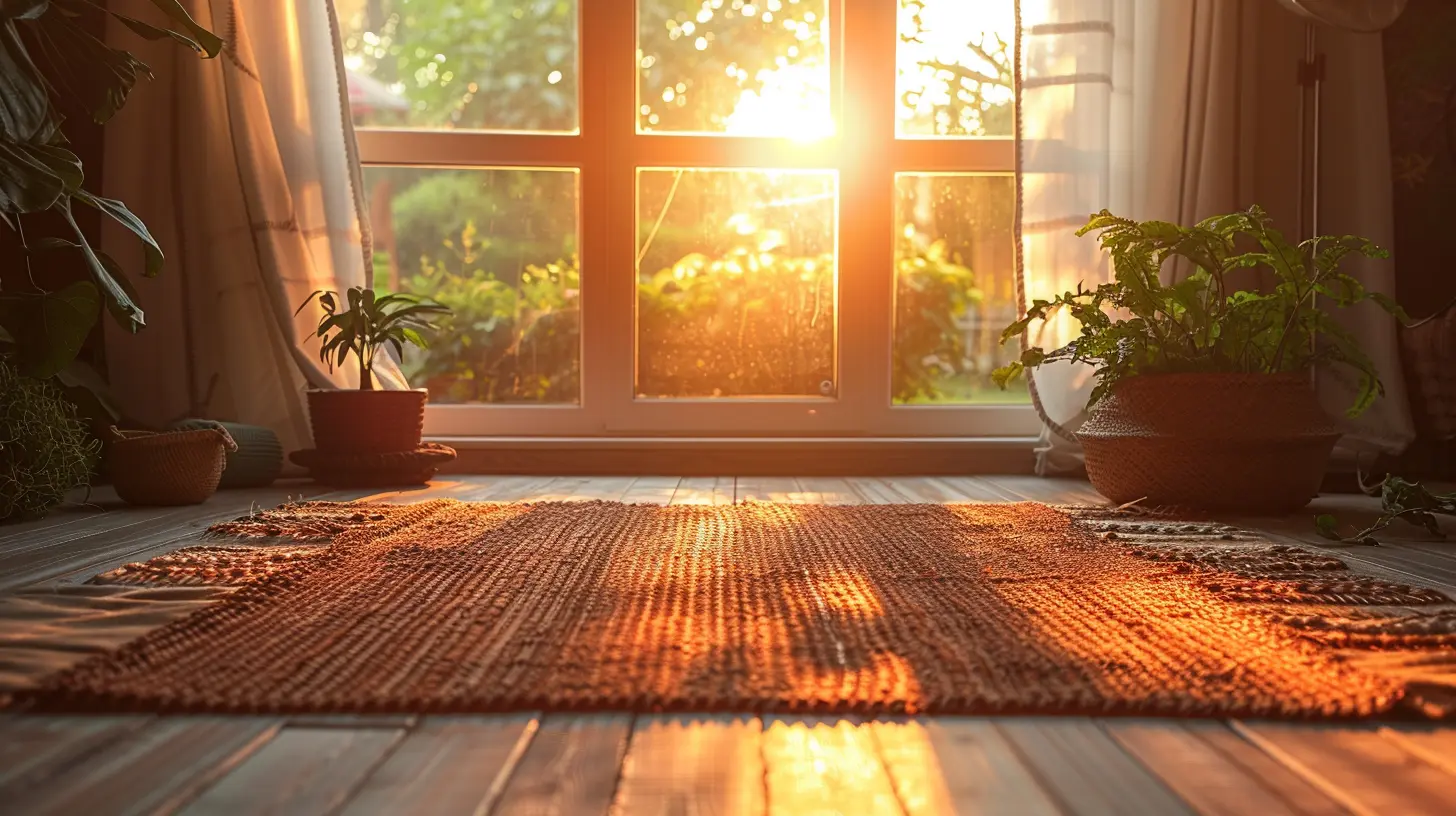25 April 2025
Introduction
Ever found yourself longing for a quiet, dedicated space where you can roll out your yoga mat and just breathe? A home yoga space isn’t just a luxury—it’s a necessity for anyone serious about their practice. The right environment can enhance your focus, deepen your stretches, and help you truly unwind.
But how do you create a yoga sanctuary at home without a massive renovation project? The good news is, with a few simple adjustments, you can transform a small corner of your home into a peaceful yoga retreat. Let’s dive into how you can design the perfect home yoga space for your daily practice.

Why a Dedicated Yoga Space Matters
You might be thinking, "Can’t I just practice yoga in my living room?" Of course, you can! But having a designated space helps to:- Minimize Distractions – No more dodging furniture or tripping over your dog mid-downward dog.
- Enhance Consistency – A dedicated space makes it easier to stick to your routine.
- Encourage Relaxation – The right environment fosters mindfulness and tranquility.
Your yoga practice isn’t just about movement; it’s about creating a mindful experience. A peaceful space can amplify the benefits of your practice, making it feel like a true retreat rather than just another workout.

Choosing the Perfect Spot
The first step in creating your yoga sanctuary is selecting the right location. Ideally, you’ll want somewhere:- Quiet – A space away from high-traffic areas or noisy distractions.
- Open – Enough room to stretch fully in all directions.
- Well-lit – Natural light is best, but soft artificial lighting works too.
- Ventilated – Fresh air enhances your practice, so consider a space near a window.
Don’t get discouraged if you don’t have an entire room to dedicate. Even a cozy corner in your bedroom or living room can work beautifully.

Declutter to Create a Calming Atmosphere
Clutter creates chaos—not exactly the vibe you want for your yoga space. Keep your area clean and minimalistic by removing unnecessary items.- Less is More: Clear out any distracting objects.
- Organized Storage: Use baskets or shelves to store yoga props, mats, and blankets neatly.
- Neutral Colors: Soft, earthy tones can help set a serene mood.
Think of your yoga space as a blank canvas for mindfulness. Keep only what you need and what brings you peace.

Essential Elements for Your Yoga Sanctuary
Once you’ve chosen and cleared your space, it’s time to add elements that enhance your practice.1. Yoga Mat – Your Foundation
A high-quality yoga mat is non-negotiable. Look for one that provides enough grip and cushioning to support your joints.2. Props & Accessories – Support & Comfort
Depending on your practice, you may need:- Yoga blocks for stability
- Straps for flexibility
- Bolsters for relaxation
- A meditation cushion for seated poses
3. Soft Lighting – Set the Mood
Harsh lighting can be distracting. Opt for:- Natural light during the day
- Soft, warm lamps in the evening
- Candles for a soothing glow (bonus: they create a spa-like ambiance!)
4. Calming Scents – Engage Your Senses
Aromatherapy can enhance relaxation. Use:- Essential oils like lavender, eucalyptus, or sandalwood
- Scented candles or incense
- A diffuser for a continuous aroma
5. Sound & Silence – Tune Into Calm
Noise can make or break your practice. Consider:- Playing meditation music or nature sounds
- Using noise-canceling headphones if your space is noisy
- Practicing in silence for deeper mindfulness
6. Greenery – Bring Nature Indoors
Plants can purify the air and add a natural touch to your space. Consider:- Snake plants (low-maintenance)
- Peace lilies (great for air purification)
- Small succulents (perfect for tiny spaces)
7. Personal Touches – Make It Yours
Your yoga space should reflect you. Add:- Inspiring quotes or affirmations
- A vision board with your yoga goals
- A journal for mindfulness reflections
Little personal touches can make your space feel even more inviting and special.
Keeping Your Space Sacred
Your home yoga space should feel like a retreat, not just another room. To maintain its energy:- Keep it clean – Regularly dust and tidy up.
- Unplug – Avoid using phones or electronics in your space (unless for guided sessions).
- Set an intention – Before starting, take a deep breath and set a purpose for your practice.
Treat your yoga space as sacred, and it will reward you with peace and tranquility every time you step onto your mat.
Designing for Daily Practice
Creating your yoga space is only half the battle—you need to use it regularly! Here are some tips to make daily practice a habit:1. Set a Time
Whether it’s mornings to energize your day or evenings to unwind, pick a time and stick to it.2. Keep Your Mat Unrolled
A ready-to-go mat serves as a visual reminder to practice.3. Create a Ritual
Light a candle, play soothing music, or take a few deep breaths before beginning. Small rituals help signal your brain that it’s yoga time.4. Mix It Up
Try different styles—hatha for relaxation, vinyasa for movement, yin for deep stretches. Staying engaged ensures you won’t get bored.5. Be Kind to Yourself
Not every day will be a perfect flow. Some days you’ll just sit and breathe—and that’s okay. The important thing is showing up.Conclusion
Creating a peaceful home yoga space isn't about perfection—it's about intention. Whether it’s an entire room or just a quiet corner, designing a space that feels calm and inviting will make your practice more enjoyable and consistent.So, grab your mat, light a candle, and sink into a moment of stillness. Your personal yoga sanctuary is waiting for you.


